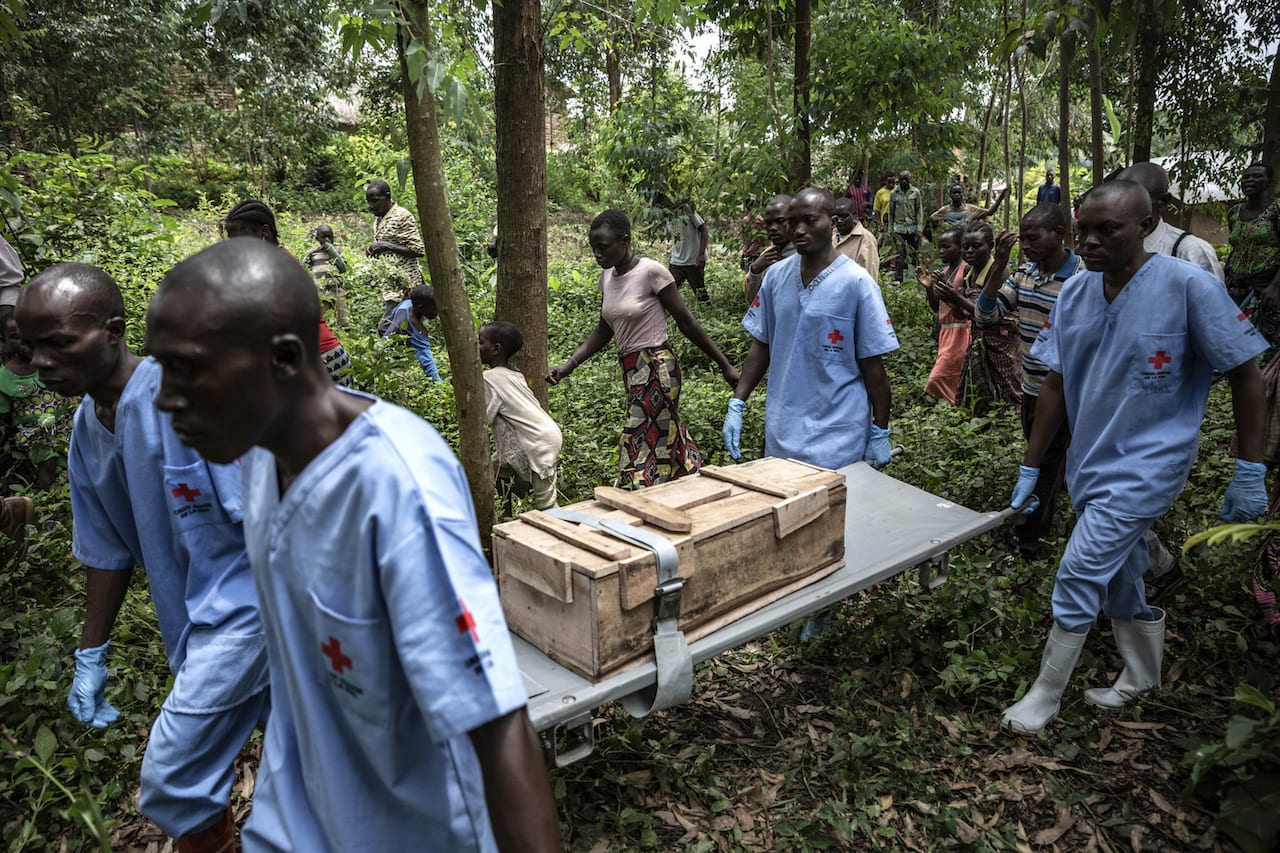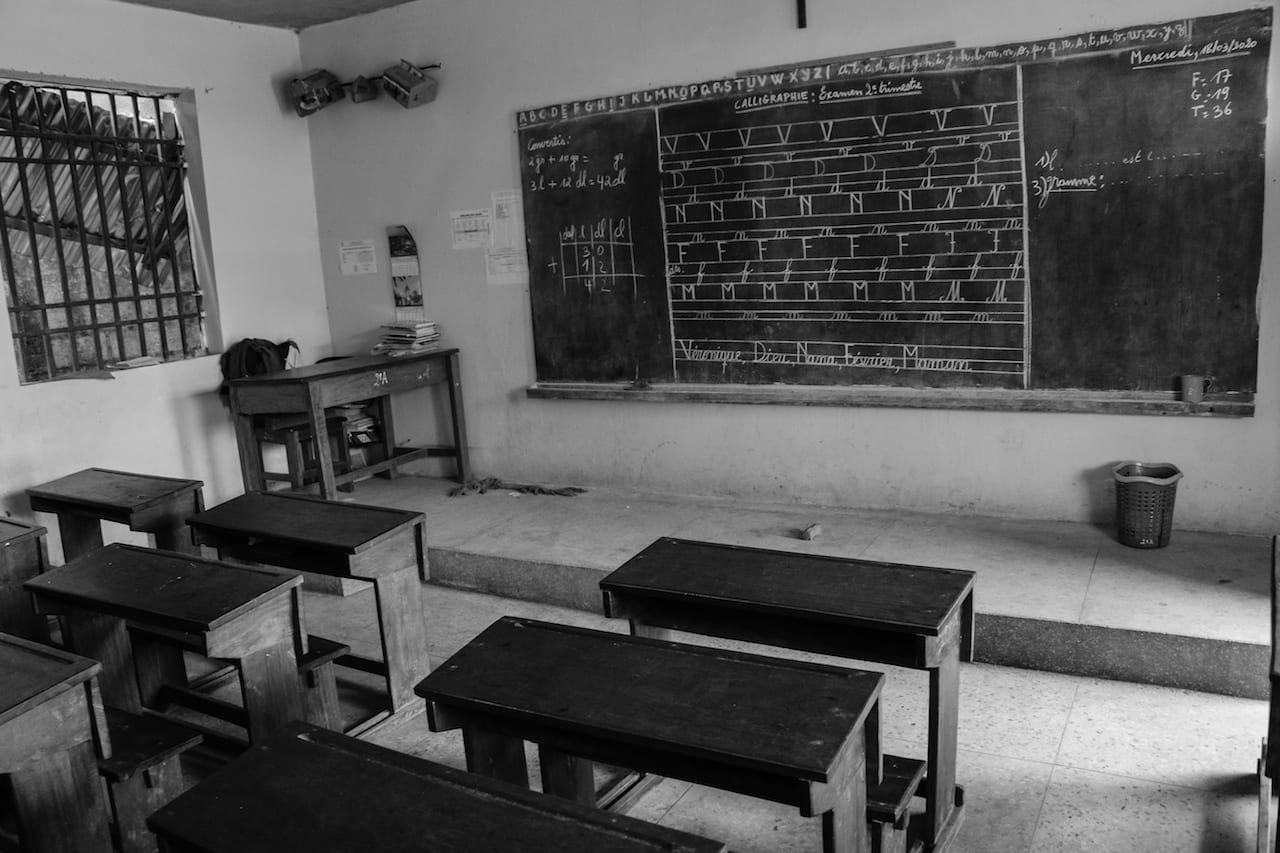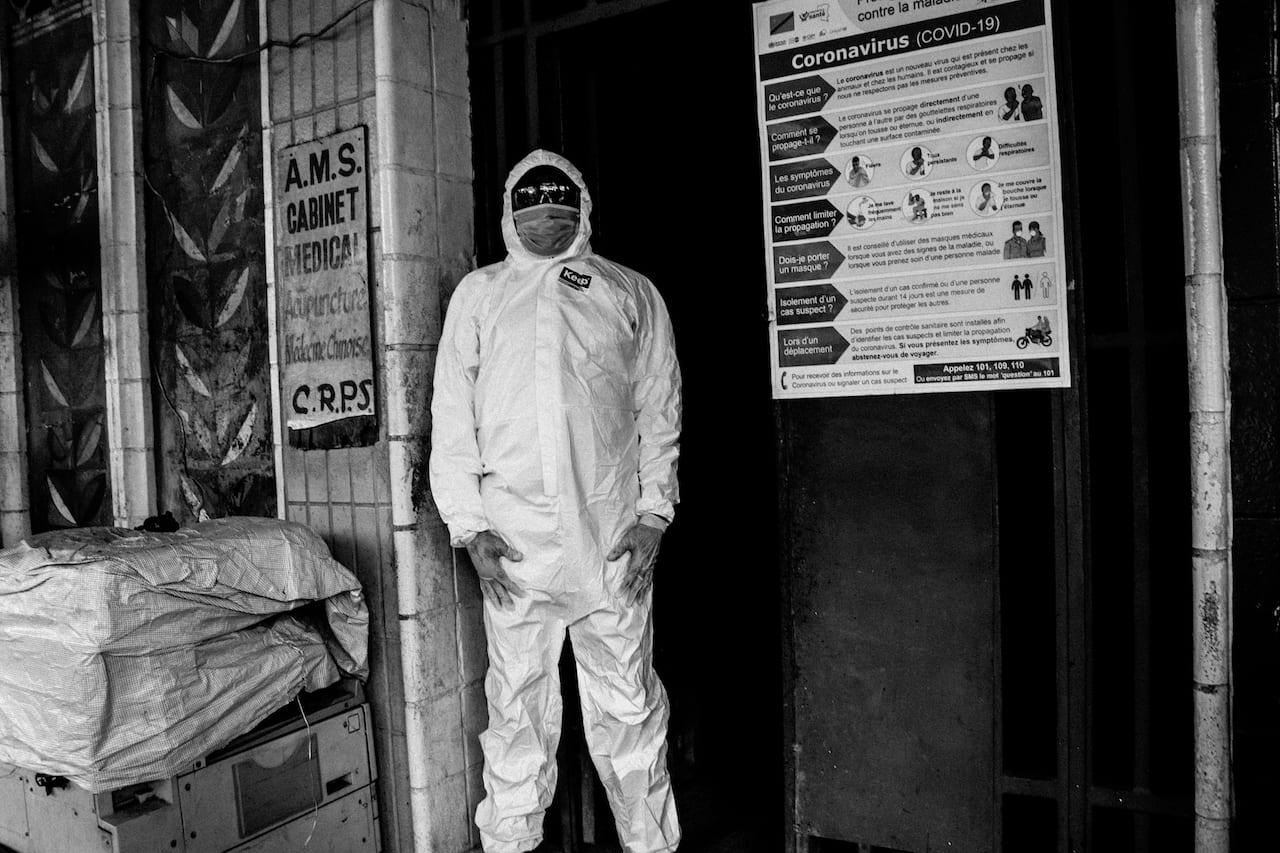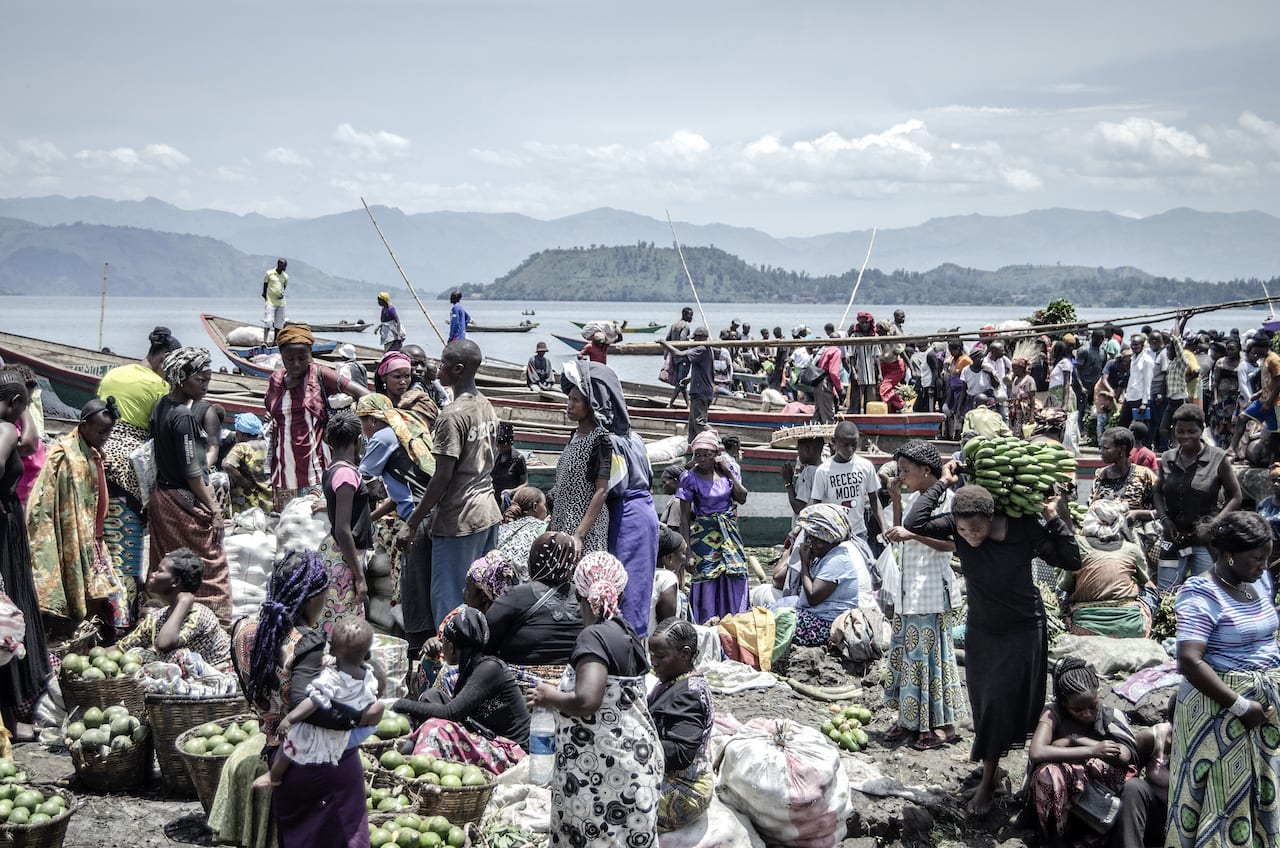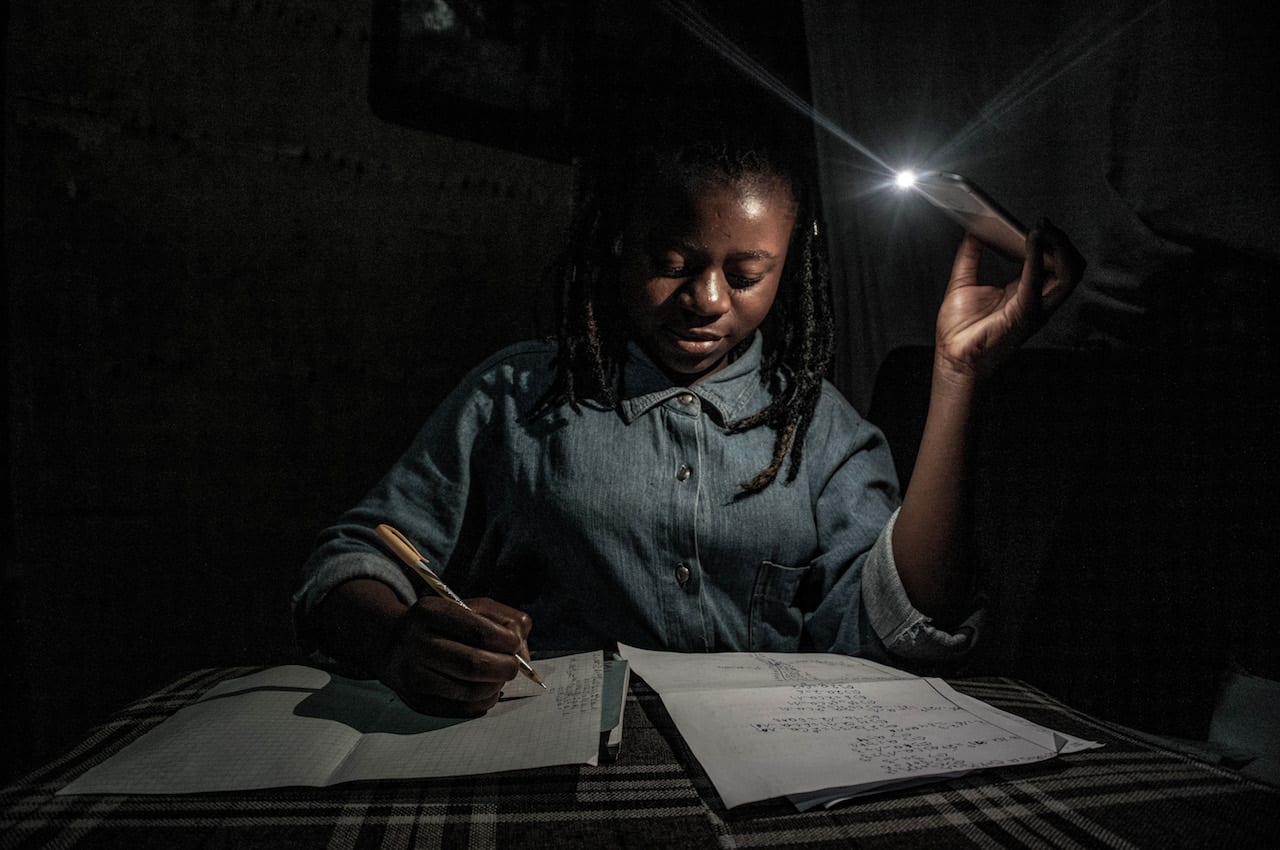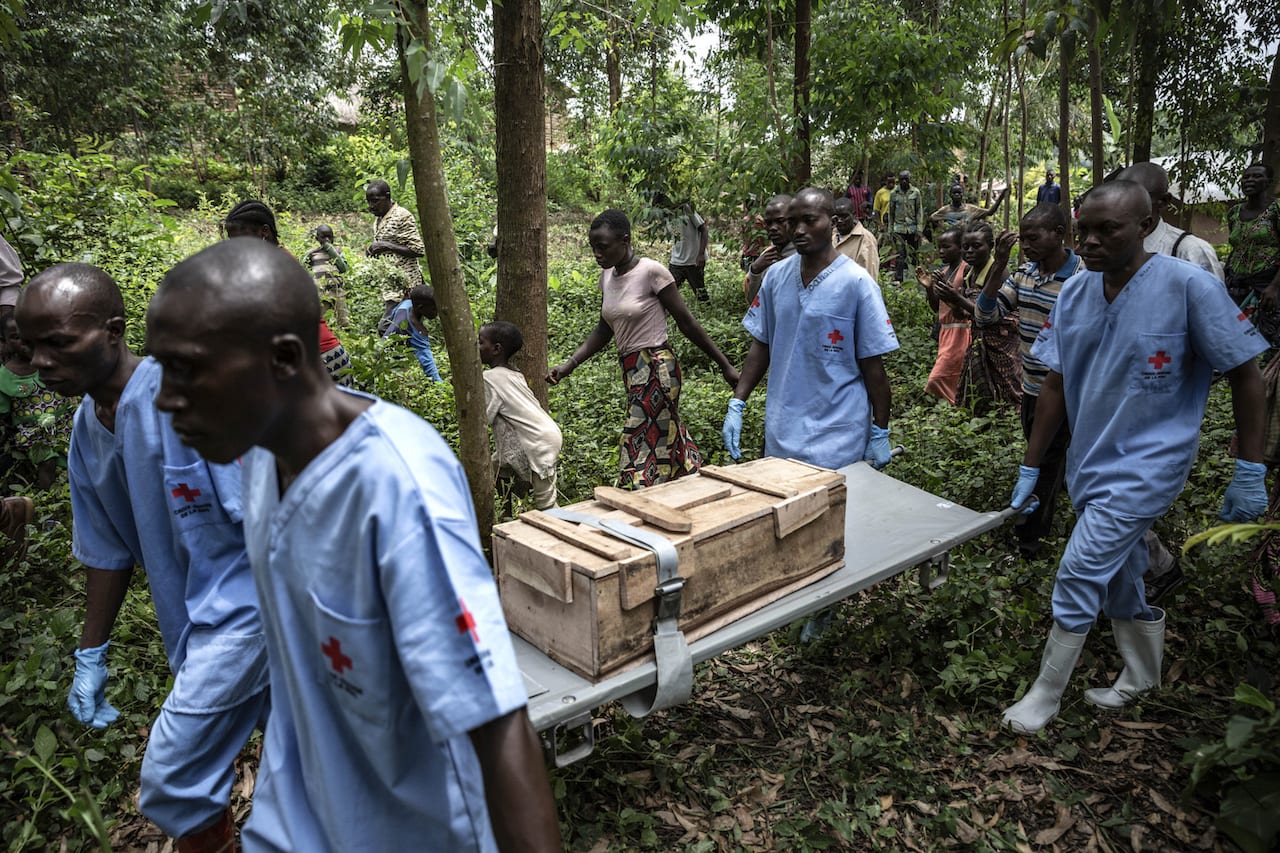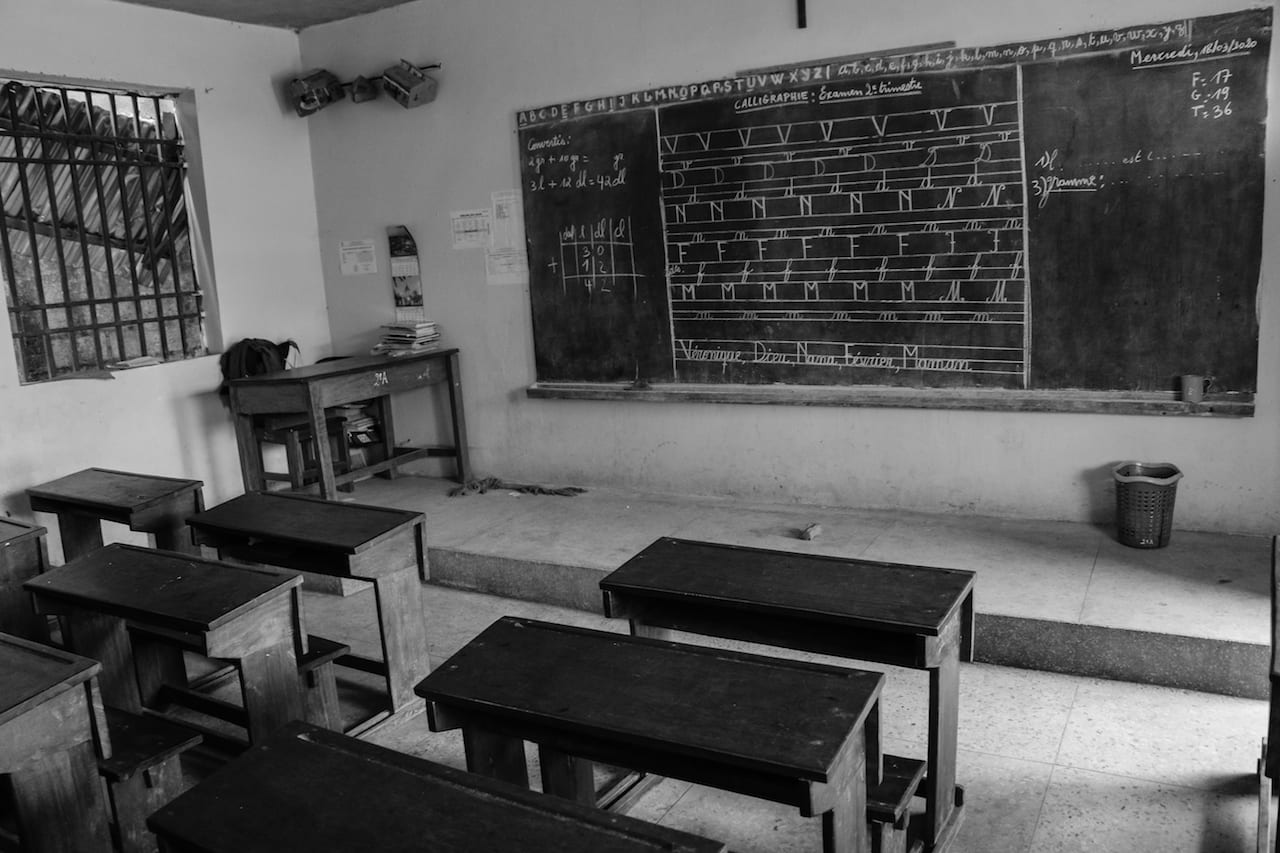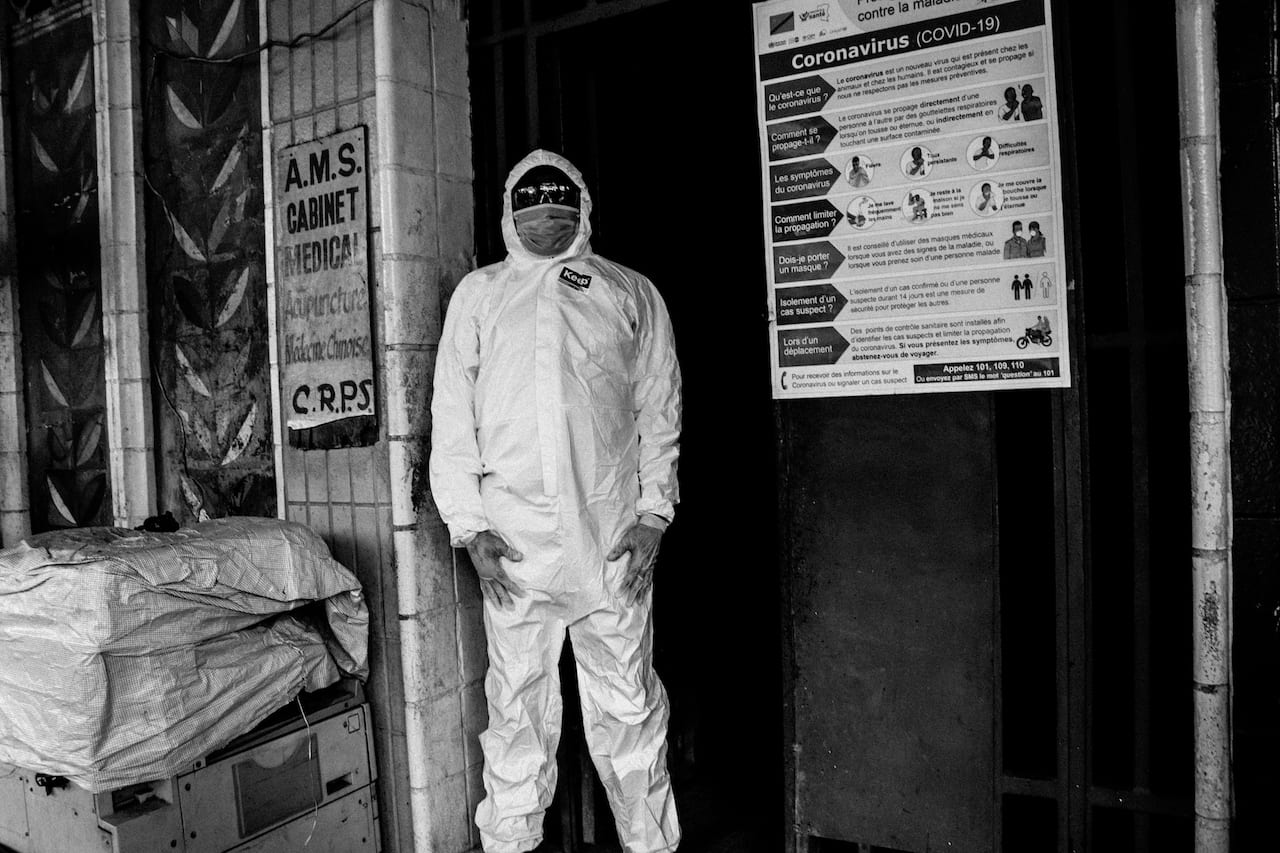Congo in Conversation shows the value of local perspectives
Black Consciousness by Pamela Tulizo is an enquiry into standards of beauty and how it leads to a deeper exploration into self-esteem in a post-colonial context. © Pamela Tulizo for Fondation Carmigna.
Source:

